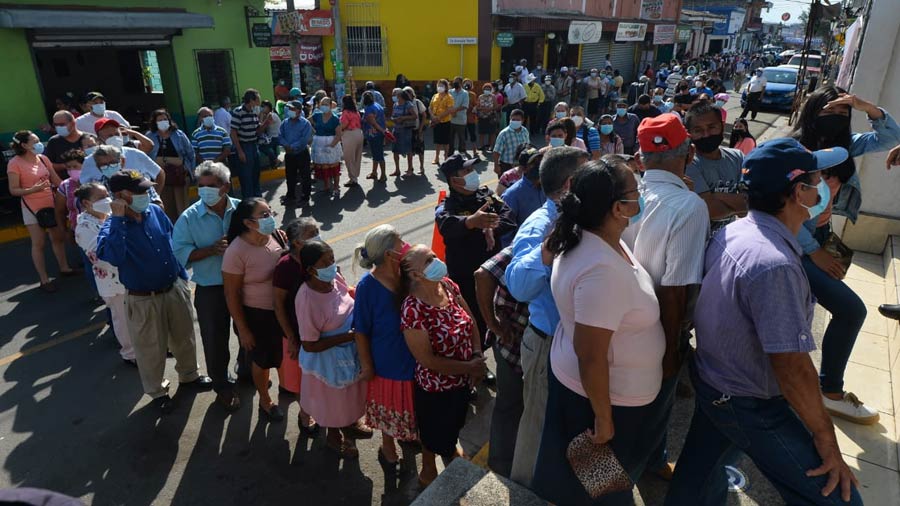
Compare the electoral turnout of this election with the last nine elections.
Legislative and municipal elections since 1994 have averaged around 44% turnout. But the current legislative elections on February 28 show a turnout of 51%. Which surpasses past legislative elections.
At the first conference of the Supreme Electoral Court (TSE) after the closure of polling stations, the president of TSE, Dora Martínez, said: pandemic was not a pretext “.
May be of interest: Developing the counting of votes in municipal and legislative elections
And is that in the last legislative election of 2018 there was a turnout of 45.73% which compared to this election means an increase of 6 percentage points.
Polling stations shone from an early age with long lines of voters; it was initially rumored that this was a product of the biosecurity measures installed at the entrances to the polling stations.
However, the TSE has warned of an increase in voter turnout.
READ MORE: Older adults, the first to go to the polls this February 28th
The Department of Political Studies of the Salvadoran Foundation for Economic and Social Development (FUSADES) published an analysis of electoral participation in July 2020 and summarized the behavior of the electorate in two moments:
The first between 1994 and 2003, where it coincides with the holding of presidential elections and in which there is a “drag effect and greater participation of the electorate.” The second moment is born from the establishment of the Unique Identity Document (DUI) as an instrument of identification and qualification of the voter.
While the low turnout in 2018 is the result of a “disinterest of voters in electing their representatives; lack of confidence in political parties and dissatisfaction with the democratic system.